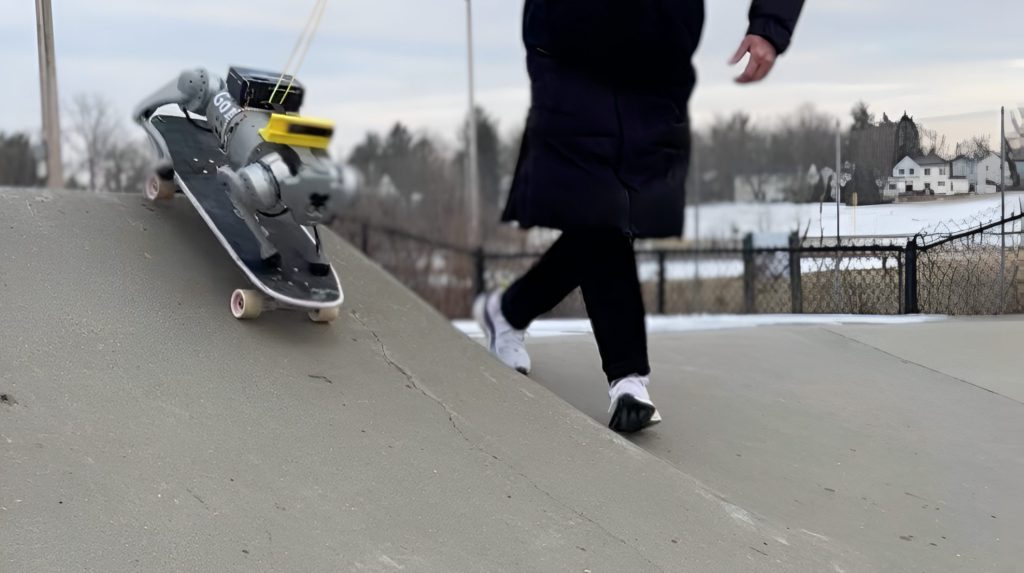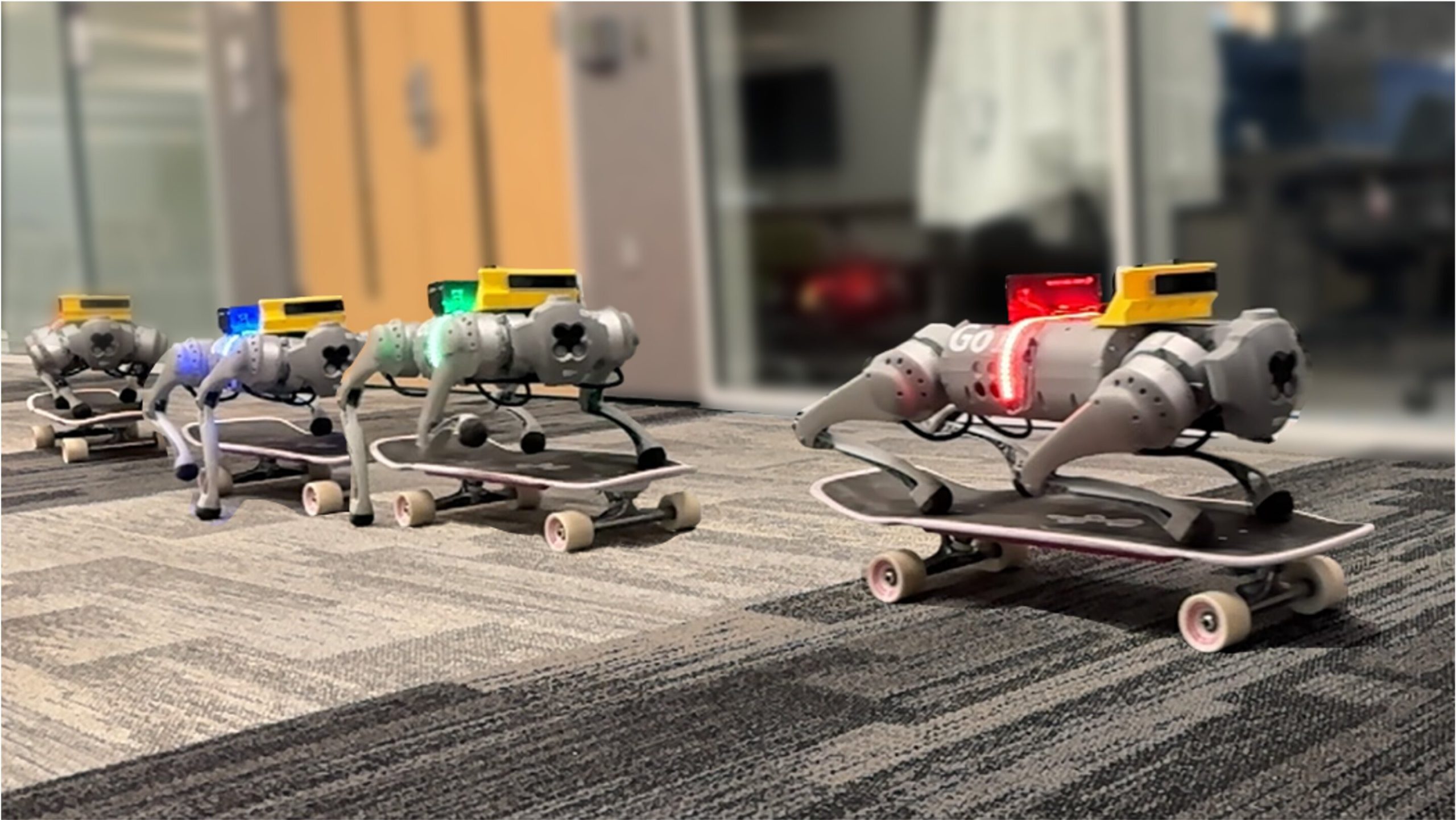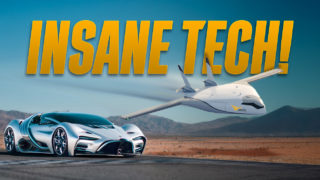Researchers at the University of Michigan and Southern University of Science and Technology have developed a groundbreaking framework that allows four-legged robots to skateboard. This innovative system, called DHAL (discrete-time hybrid automata learning), helps robots master complex movements involving physical contact with objects. Unlike previous approaches that struggled with the sudden transitions required for actions like skateboarding, this new method enables robots to smoothly step onto skateboards, glide forward, and even pull small carts. Let’s explore the five key concepts behind this remarkable technological achievement.
The Challenge of Contact-Rich Robot Movement

Most legged robots today can walk, run, and jump with impressive agility. However, they struggle with tasks requiring precise physical contact with objects in their environment. Traditional quadrupedal locomotion approaches don’t account for these “contact-rich interactions” – situations where robots must coordinate their movements while maintaining contact with objects like skateboards. This limitation has prevented robots from performing many practical human-like actions that could be useful in real-world applications. The researchers identified this gap and set out to create a system that could handle these complex physical interactions without requiring extensive pre-programming or human guidance.
Understanding Hybrid Dynamics

At the heart of the challenge is something called “hybrid dynamics” – systems that combine both smooth (continuous) movements and sudden (discrete) state changes. Sangli Teng, the study’s corresponding author, explains this using the example of a bouncing ball: it moves continuously through the air but experiences abrupt state transitions when hitting the ground. These sudden transitions make it extremely difficult for conventional computation methods to understand and predict movement. For skateboarding robots, these transitions occur when stepping onto the board, shifting weight to push off, and gliding forward – creating a complex mix of continuous and discrete movements that traditional algorithms struggle to handle.
The DHAL Framework: A Breakthrough Approach

The researchers’ solution is their discrete-time hybrid automata learning (DHAL) framework. Unlike previous methods, DHAL doesn’t require humans to manually identify transition points or pre-program how many states exist. Instead, it autonomously identifies when a robot shifts between different movement phases (like pushing, gliding, or upboarding on a skateboard). This heuristic approach allows the system to learn each continuous segment of movement separately, reducing the disruptions caused by sudden transitions. The framework also aligns naturally with intuitive movement phases, making it easier for humans to understand what the robot is doing at each moment and potentially intervene if necessary.
Real-World Testing with Visual Feedback

To demonstrate DHAL’s effectiveness in real-world conditions, the researchers created a visual feedback system where the robot displays different colored lights depending on which movement mode it’s currently in. This creates a physical representation of the internal state transitions the robot is experiencing. The article shows a graph tracking the positions of different joints (Hip, Thigh, and Calf) over time, with background colors matching the robot’s light indicators. This visualization confirms that the robot correctly identifies when it’s transitioning between different phases of skateboarding, validating that the DHAL framework is working as intended during actual physical tests.
Future Applications Beyond Skateboarding

While skateboarding robots might seem like a novelty, this technology opens doors to numerous practical applications. The researchers suggest their framework could enable faster package delivery across urban environments, inside offices, or within manufacturing facilities. Robots that can move on skateboards could potentially travel more efficiently than those limited to walking or running. Looking forward, the team plans to apply DHAL to other complex tasks like dexterous manipulation—using multiple fingers or arms to handle objects with human-like precision. By predicting physical contact more accurately, DHAL could dramatically improve robots’ ability to interact with their environments, making them more useful for real-world tasks that require physical engagement with objects and surfaces.




























